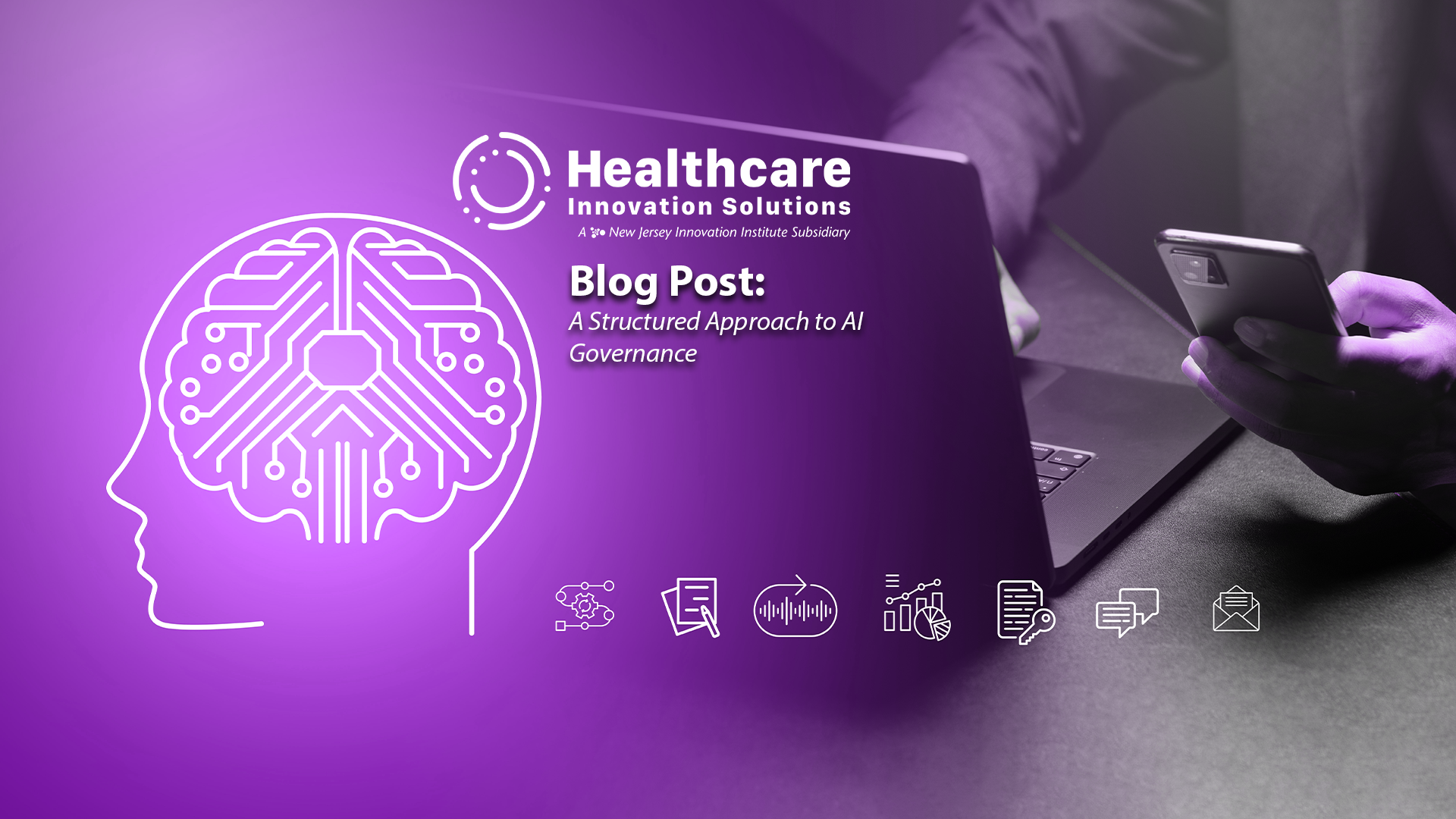Generative and predictive AI, including large language models (LLMs) and Machine Learning (ML) models, are having a greater role not only on patient care but operations and revenue cycle management. With AI’s emerging importance, healthcare organizations can unlock the significant potential of AI while safeguarding trust, compliance, and clinical integrity by building a standards-based governance model with a practical roadmap.
As healthcare AI solutions rapidly evolve, organizations must navigate a complex landscape filled with promise—and risk. In order to address the surge of AI solutions and models being embedded by health tech companies within their systems and platforms, as well as those being built by health systems themselves, it is imperative for all healthcare organizations to build a resilient AI Governance program. While offering immense potential—from real-time analytics to content generation, these tools also raise challenges around bias, interpretability, and resource intensity. The successful adoption of AI solutions depends not only on technology, but also on strong institutional alignment, clinician trust, and rigorous oversight. Drawing from the NIH’s (Responsible) AI Governance framework and the NIST AI Risk Management Framework, healthcare systems can prepare for the ethical and impactful use of AI in their clinical, operational, and financial domains.
By adopting these frameworks, organizations will establish cross-functional AI committees with governance processes that promote responsible and trustworthy AI into their core workflows. AI committees are tasked with prioritizing use cases, ensuring data integrity, managing privacy and consent, and promoting transparency across the AI lifecycle. Another tool AI committees can leverage to drive effective prioritization is the CARVER Prioritization Model, developed by the US Army, to assess AI initiatives by evaluating their criticality, accessibility, vulnerability, and overall impact.
By following best-of-bread frameworks developed specifically for Healthcare AI and a proven prioritization model (CARVER), this structured approach enables organizations to avoid hype-driven deployments and instead focus on use cases with measurable value and alignment with the organization’s patient care and business goals.
